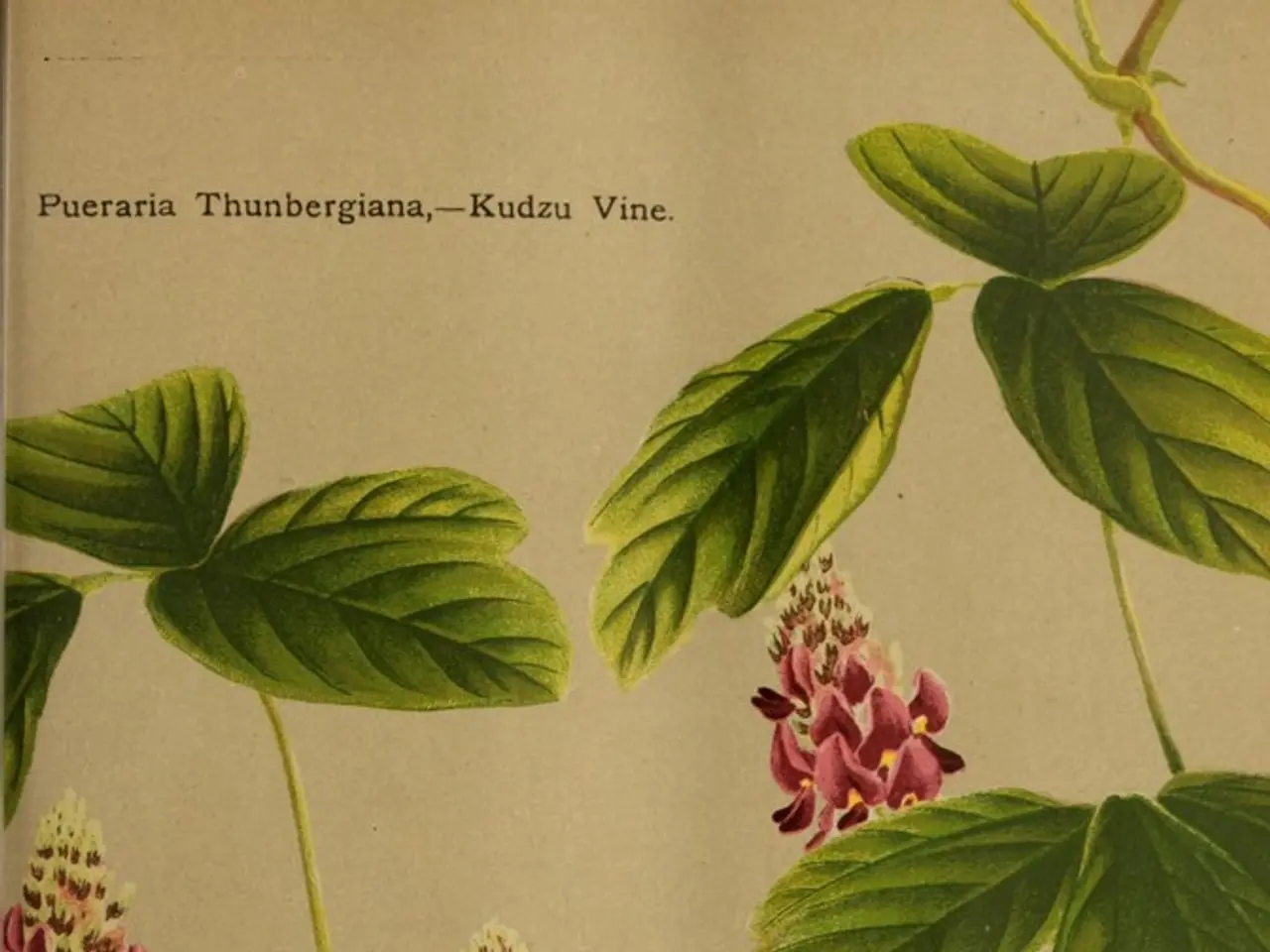Deadliest Floral Species on Earth
From ancient times, plants have served as a source of food and medicine. However, some plants harbour lethal toxins that can pose a serious threat to human life. Here are seven of the most poisonous plants to be aware of due to their potential lethality:
1. **Rosary Pea (Abrus precatorius)** The native tropical plant, Rosary Pea, is highly toxic. Just one seed can potentially be lethal if ingested, causing symptoms such as nausea, vomiting, diarrhea, severe abdominal pain, organ failure, and death in severe cases.
2. **Deadly Nightshade (Atropa belladonna)** Known for its shiny black berries, Deadly Nightshade can interfere with the nervous system, leading to hallucinations, seizures, and death in high doses.
3. **Water Hemlock (Cicuta maculata)** One of the most toxic plants in North America, Water Hemlock's roots are particularly dangerous. Its symptoms include seizures, muscle spasms, and respiratory failure leading to death.
4. **Castor Bean Plant (Ricinus communis)** Known for its ricin toxin, which is highly lethal even in small amounts, the Castor Bean Plant can cause vomiting, diarrhea, abdominal pain, and death due to liver or kidney failure.
5. **Oleander (Nerium oleander)** Toxic to humans and livestock, Oleander can cause cardiac issues, leading to cardiac arrest, seizures, and death. Oleandrin and neriine are two of the most potent toxins found in oleander.
6. **Monkshood (Aconitum)** Often called the "queen of poisons," Monkshood can cause numbness, nausea, and death through cardiac arrest.
7. **Suicide Tree (Cerbera odollam)** Native to India and Southeast Asia, the Suicide Tree's fruit is toxic and can cause heart failure, leading to death.
These plants are highly toxic and should be handled with extreme caution or avoided altogether. The Tree of Death (Hippomane mancinella), native to Mesoamerica and the Caribbean Sea islands, is also highly toxic to humans and possibly all mammals. Its smoke can cause temporary blindness and major respiratory problems.
It's important to note that not all plants are benign. In the past, humans had to experiment with plants to determine their benefits and potential dangers, often putting their lives at risk. For instance, White snakeroot (Ageratina altissima), a North American herb, was responsible for the death of Abraham Lincoln's mother due to the poisonous alcohol trematol it produces. This toxin can be passed to humans through poisoned cattle meat and milk.
While many plants contain lethal poisons, it's crucial to remember that not all plants are dangerous. Always exercise caution when interacting with unknown plants, and if you suspect poisoning, seek immediate medical attention.
- The science behind plant life has shown that some plants, like the Rosary Pea (Abrus precatorius), contain seeds that can be lethal if ingested, causing a variety of health-and-wellness issues such as nausea, organ failure, and even death.
- The Deadly Nightshade (Atropa belladonna), known for its shiny black berries, is a plant that can interfere with the body's medical-conditions, potentially leading to hallucinations, seizures, and death in high doses.
- The Castor Bean Plant (Ricinus communis), with its ricin toxin, is another example of a toxic plant that can cause serious health issues, including liver or kidney failure, due to the consumption of its seeds or leaves.
- Fruit, like the one from the Suicide Tree (Cerbera odollam), native to India and Southeast Asia, can be toxic and potentially lethal, causing heart failure and death.
- It's crucial to remember that not all plants are harmless, as some, like the Water Hemlock (Cicuta maculata) and Oleander (Nerium oleander), can pose serious threats to health and wellness due to their toxic properties.
- The Tree of Death (Hippomane mancinella) is another example of a toxic plant native to Mesoamerica and the Caribbean Sea islands, whose smoke can cause temporary blindness and major respiratory problems.
- While many plants contain toxic substances, it's important to remember that not all plants are dangerous. Exercise caution when interacting with unknown plants, and if you suspect poisoning, seek immediate medical attention.




